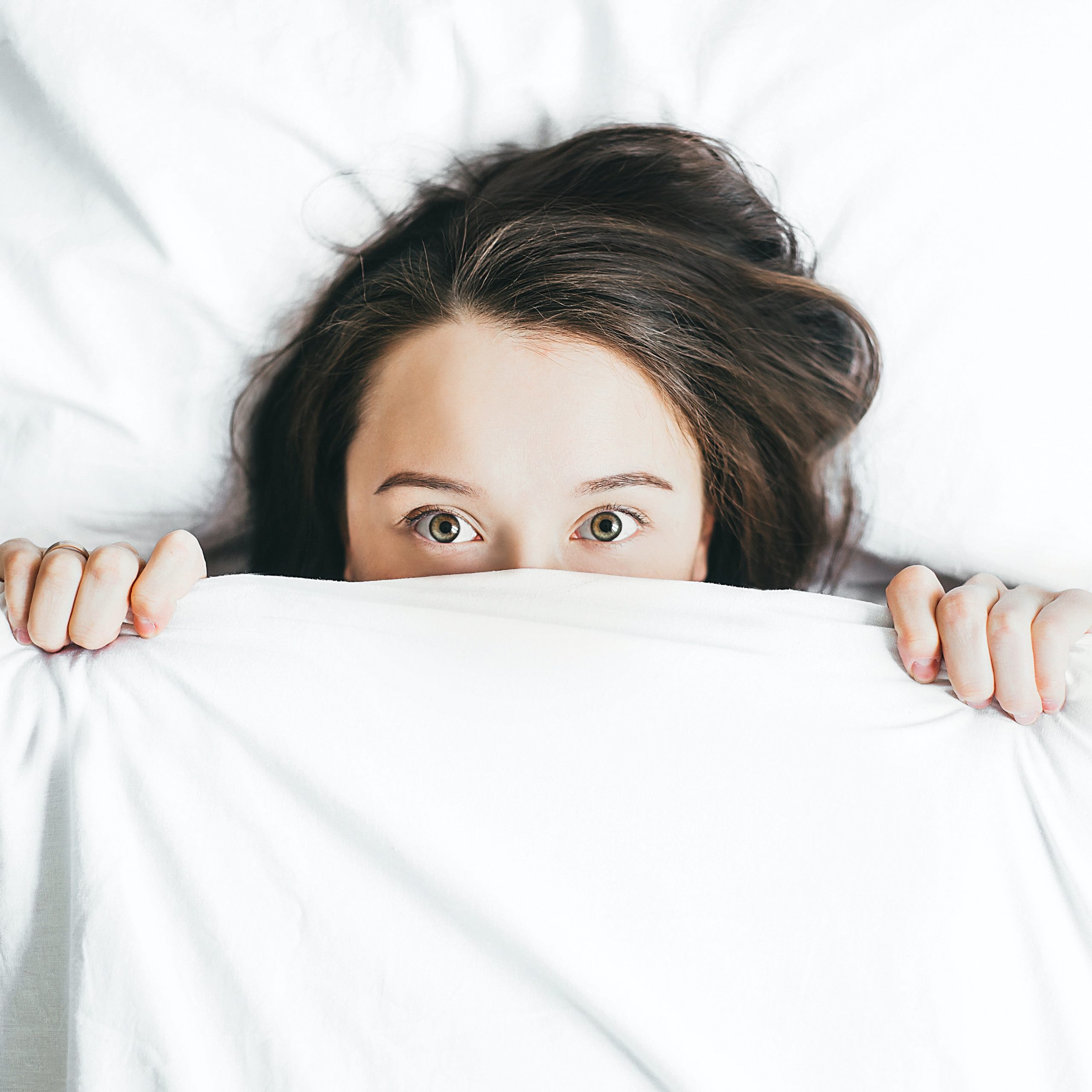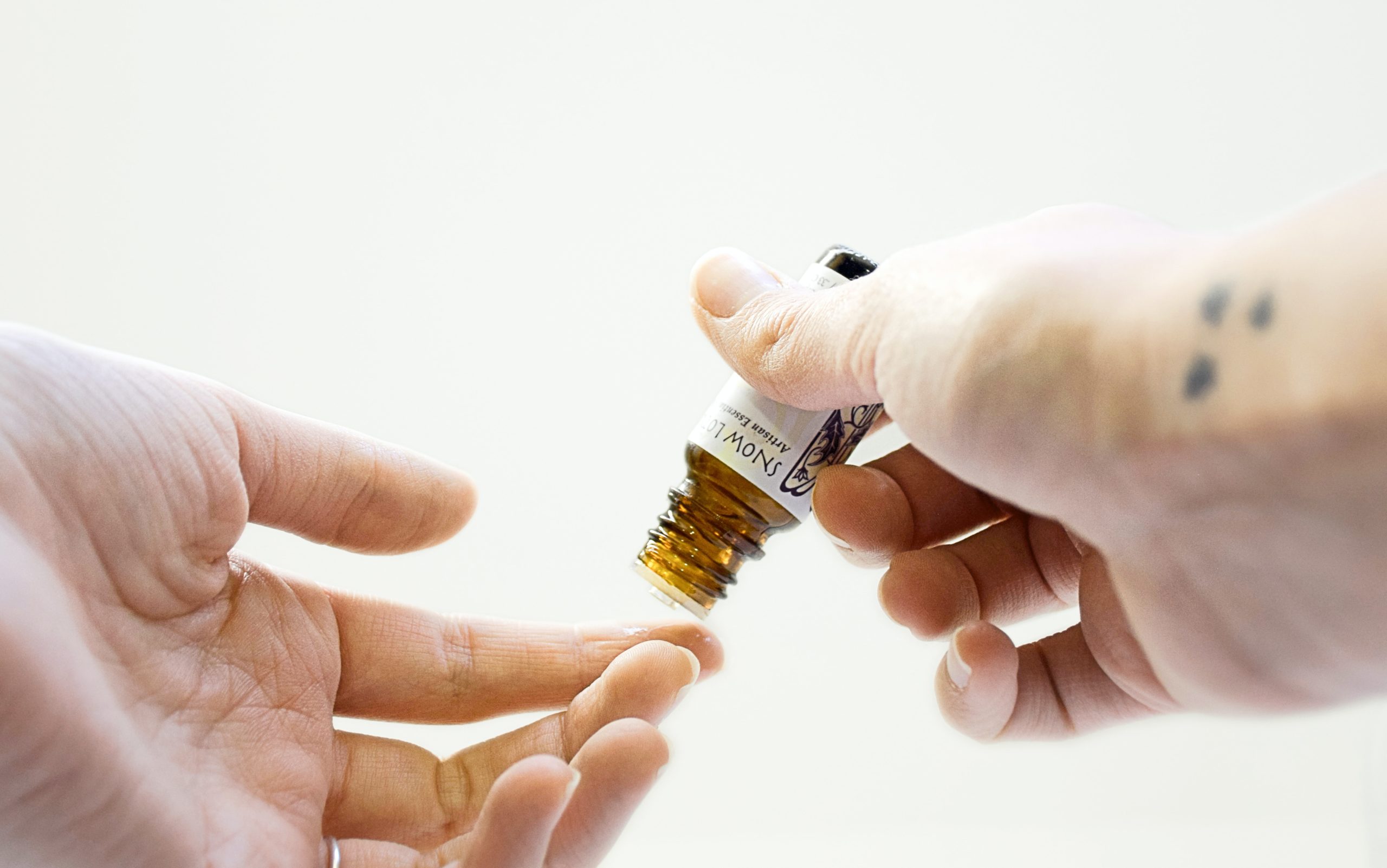How to check for Bed Bugs
Checking for bed bugs is something anyone can learn how to do. Whether you’re traveling or have just purchased some second-hand furniture, it’s good to have peace of mind.

Checking for bed bugs is something anyone can learn how to do. Whether you’re traveling or have just purchased some second-hand furniture, it’s good to have peace of mind.

In just a couple of minutes, you can sleep soundly, knowing that the bed bugs won’t bite.
To spot bed bugs, it helps to learn a little about their behavior.
Unless an infestation is particularly bad, you probably won’t walk into a hotel room and see them crawling on the mattress. They’re much shyer than that. There are literally unlimited ways you can get bed bugs — so the trick is in learning how to deal with them.
They feed on animal blood (yours), and they don’t like to be far from a potential meal. They typically congregate around areas that humans are likely to be:
Exterminators are also trained to look at the surrounding room. Often you’ll find signs of an infestation in the corners, under peeling paint or wallpaper, behind light switch plates, or coming out of electrical sockets.
Bed bug infestations often leave tell-tale signs of their presence.
If you’ve got a bug specimen that you suspect might be a bed bug, you can view our visual guide to identifying bed bugs.
The vast majority of infestations happen in and around mattresses. It’s also the first place we recommend that you look if you’re staying in a new location.
It’s rare to find bed bugs free-roaming during the daytime. To perform an inspection, you’ll need to strip the bed entirely. Carefully pull back the comforter, flat sheet (if applicable), and the fitted sheet. Take a quick look at them as you do so and scan for any signs of bed bugs.
Not only do bed bugs wait close to their prey, but they also scurry back into hiding after a meal. Pest management specialists will thoroughly inspect a bed frame by lifting the mattress (and box spring) and looking at each of the joints and cracks in the structure.
Check behind your headboard, looking in each nook and cranny. Bed bugs love crevices that provide some darkness and safety. Don’t forget to look at any bolts or hardware that hold the bed frame together.
Note: sometimes hotels will have headboards that are directly attached to the wall. This is a bed bugs paradise — try to shine a light behind there and get a good look. If you don’t have a flashlight handy, you can always grab the lamp and try to maneuver some light in the gap between the headboard and the wall.
On the mattress, you’ll find a series of great hiding spots. Around the perimeter of a mattress, you’ll find a strip on the outer cover that can be folded over. Look carefully there, on both sides.
Next, if your mattress is tufted with buttons, make sure to visually inspect each, lifting it a little if possible. Be extra cautious around any loose ones.
Mattresses ship with a variety of tags attached, which, if lifted or peeling, can make wonderful homes for bed bugs. Make sure to feel around each of the various tags and stickers.
If you’re able to stand the mattress up against a wall, or flip it entirely and repeat the process. Experts say that you’re more likely to find bed bugs on the underside than you are the topside.
Box springs are one of the most common places that exterminators find bed bugs. The good news is that they’re much more affordable than a mattress to replace.
The first thing to check is the fabric that seals the top and bottom. If it’s torn, you’ll need to carefully peel it back and gain access to the inner structure.
You’ll probably need a light for this (we recommend traveling with a flashlight for this reason), but you should try to visually inspect any joints or places where wood or metal overlap and create a pocket or crevice.
One last tip: always check the floor after you’re done because all of the motion and activity can knock the shells and skins loose. Even if you don’t find anything on the items, you can still discover an infestation that way.

If you’ve been up scratching at night, you might have one question: Can permethrin kill bed bugs? The answer is yes, it certainly can.

Can bed bugs make you sick? They can, in some cases. If you’re dealing with bed bugs, you could also be at risk for allergies, itching, insomnia, infections, and more.

With so many uses, peppermint oil is a powerhouse when it comes to reducing various physical maladies and cleaning. But does peppermint oil kill bed bugs?

Vinegar has a lot of uses in the home, and it’s often touted as a way to repel or even kill insects. But does vinegar kill bed bugs? Let’s find out.

Does Raid kill bed bugs? After all, it makes quick work of ants, cockroaches, and other household pests. It’s a common question and one that has a multifaceted response.